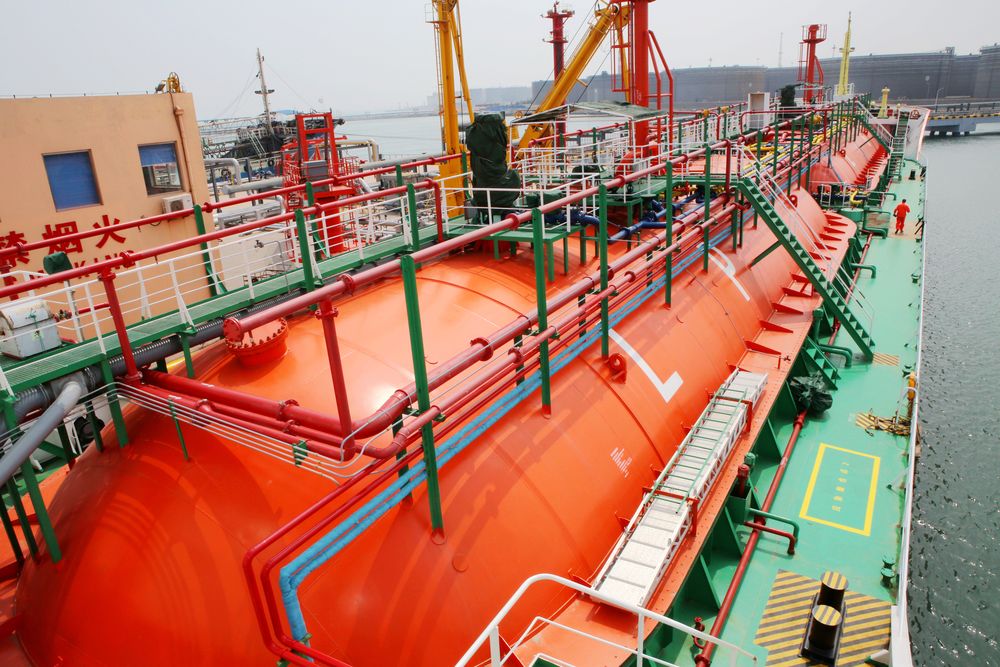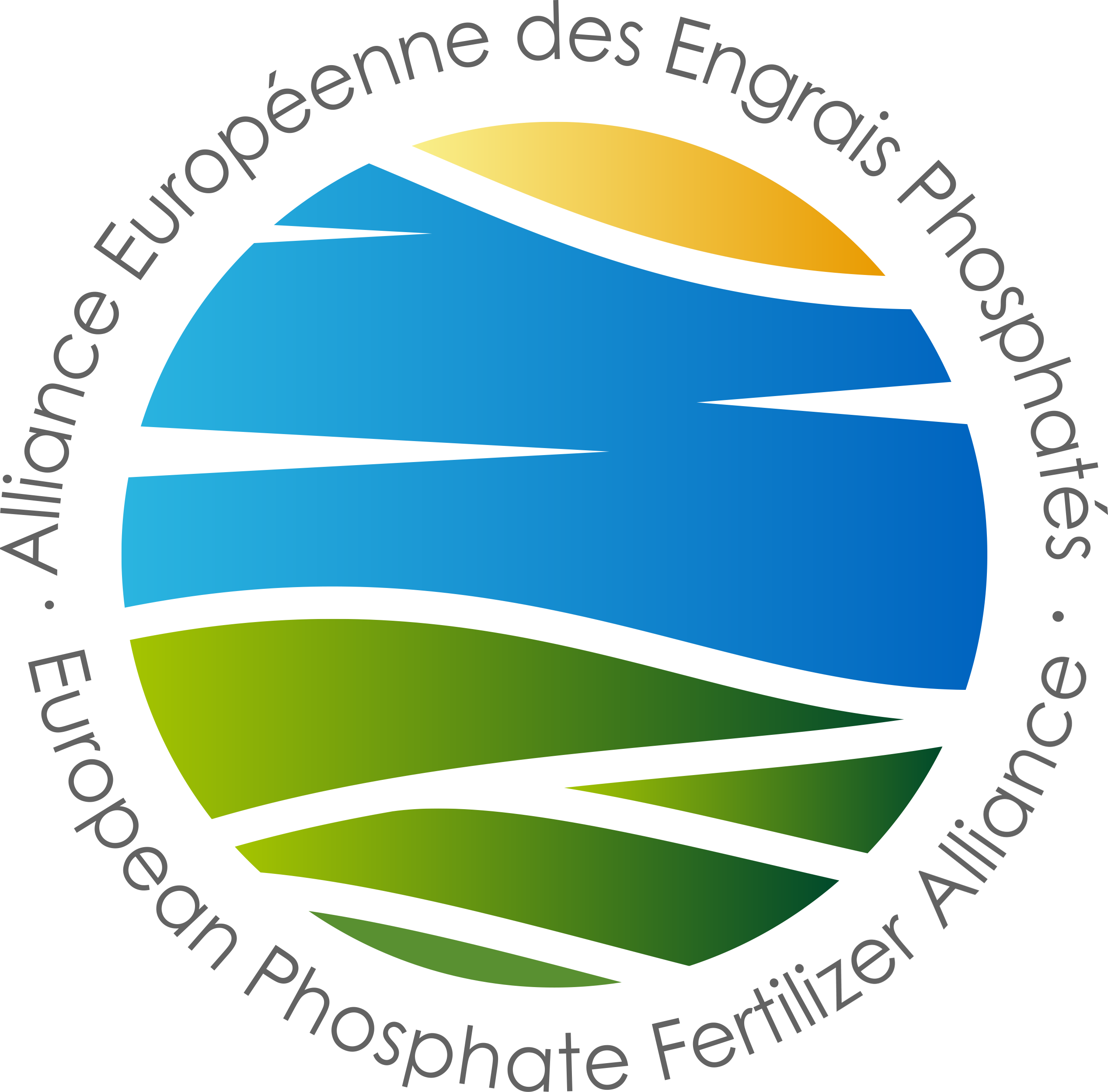Warning: count(): Parameter must be an array or an object that implements Countable in /wp-includes/post-template.php on line 284
Data and statistics
Warning: count(): Parameter must be an array or an object that implements Countable in /wp-includes/post-template.php on line 284

Where phosphate rock is not used directly as a fertilizer or to produce fertilizers through the nitrophosphate route, it is used to produce phosphoric acid. Phosphoric acid is used predominantly for production of phosphate fertilizers, such as MAP or DAP, but there are other applications as well, mainly animal feed and the food industry.

Production
In 2015, world production of phosphoric acid was around 83 mln MT and rose by 20 mln MT in the last 10 years.
The largest producers of phosphoric acid in the world include China (35 mln MT), the United States (14 mln MT), Morocco (8,5 mln MT), Russia (5 mln MT), India (3 mln MT), the European Union (2,5 mln MT), Saudi Arabia (2 mln MT), and Brazil (2 mln MT). Other smaller producers of phosphoric acid include Jordan, Tunisia, and Israel.

Trade
Just like phosphate rock, phosphoric acid is predominantly consumed where it is produced, with global exports in 2015 amounting to 7,6 mln MT, i.e., only 9% of global production. In fact, in the last 10 years, notwithstanding the increase in phosphoric acid production, the volumes of phosphoric acid exports have steadily dropped from 9 mln MT. This also resulted in their drop when exports are expressed as share of global production – from 15% in 2005 to 9% in 2015.
The only two major exporters of phosphoric acid are Morocco (4 mln MT) and Jordan (less than 1 mln MT), with other countries (the United States, China, Senegal, Tunisia, and Israel) exporting much smaller quantities.
The two largest importers of phosphoric acid in the world are India (3 mln MT) and the European Union (1,5 mln MT). Other, but smaller, importing countries include Pakistan, Turkey, Saudi Arabia, Brazil, Mexico, Indonesia, Bangladesh, and Thailand.

Consumption
Phosphate rock is used predominantly to produce phosphate fertilizers (mainly, via phosphoric acid), therefore large consumption of phosphate rock occurs in large fertilizer producing countries and regions.
The largest users of phosphate rock are, therefore China (83 mln MT), United States (29 mln MT), Morocco (18 mln MT), Russia (10 mln MT), India (9 mln MT), Brazil (7 mln MT), European Union (6,8 mln MT). Smaller consumers include Saudi Arabia, Jordan, Tunisia, Australia, Vietnam, Mexico, Israel, Indonesia, Kazakhstan, Senegal, and Egypt.
European Union
The European Union produced around 2,5 mln MT of phosphoric acid, mostly in Lithuania, Finland, Poland, Belgium and Bulgaria. Although the EU exported minimal amounts of phosphoric acid, it is predominantly an importer, with 1,5 mln MT imports in 2015 (mainly from Morocco and Israel). The main EU importing countries were France, the Netherlands, Spain and Belgium. The European Union consumes around 3,8 mln MT of phosphoric acid, mainly in countries that produce it or import, i.e. Lithuania, Poland, Belgium, Finland, France, the Netherlands, Spain and Bulgaria. These are the countries that produce phosphate fertilizers in the EU.
